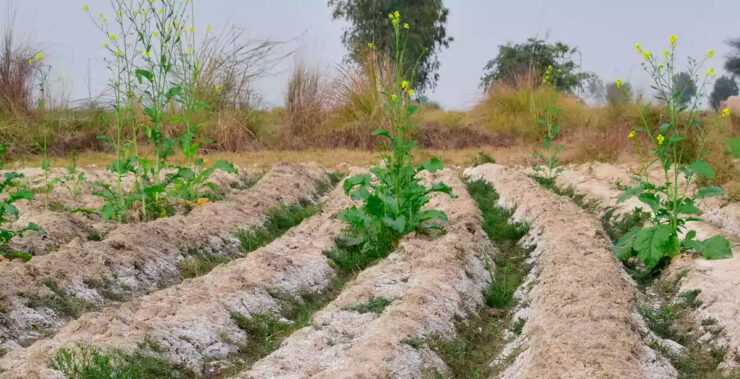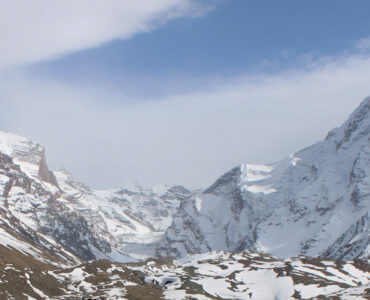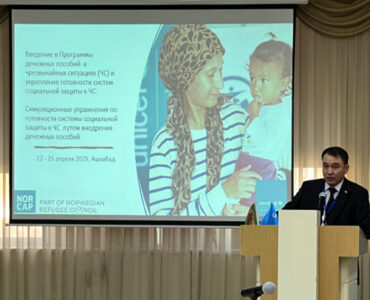The article Potential of Landsat 8 OLI for mapping and monitoring of soil salinity in an arid region: A case study in Dushak, Turkmenistan written in 2021 examines the effectiveness of remote sensing technology for mapping and monitoring soil salinity in the arid region of Dushak, Turkmenistan.
The Issue
Soil salinity, or salt content in the soil, is a prevalent cause of land degradation in semi-arid regions all over the world, including in Turkmenistan. Land degradation can impair plant growth, resulting in food shortages, and hinder ecosystem services, such as loss of habitat for species or water filtration. Therefore, it is crucial to establish accurate techniques to assess the spatial distribution of soil salinity. This would allow for the effective management, remediation, monitoring, and utilization of saline soils.
The Study Results
Donate to support Turkmen analysts, researchers and writers to produce factual, constructive and progressive content in their efforts to educate the public of Turkmenistan.
SUPPORT OUR WORKThe study team used land images and satellite data on vegetation, soil salinity and moisture indices to measure surface salinity of 1014.6 ha of agricultural land in Dushak, Turkmenistan. They identified areas with varying degrees of soil salinity and defined salt-affected zones. The salinity map showed that only 21.71% of the field was non-saline while the rest were:
- 29.78% slightly saline;
- 31.40% moderately saline;
- 15.25% strongly saline;
- 1.44% very strongly saline.
By comparing multiple images acquired at different time intervals, the study determined temporal trends and patterns in soil salinity dynamics. This information is crucial for understanding the evolution of salt-affected areas and for implementing appropriate management strategies.
However, conducting a proper analysis solely relying on remote censoring can be limiting given the atmospheric conditions, sensor characteristics, and image resolution. Hence, to enhance the accuracy and reliability of soil salinity mapping and monitoring, future studies would benefit from combining remote censoring with data and validation on the ground.






